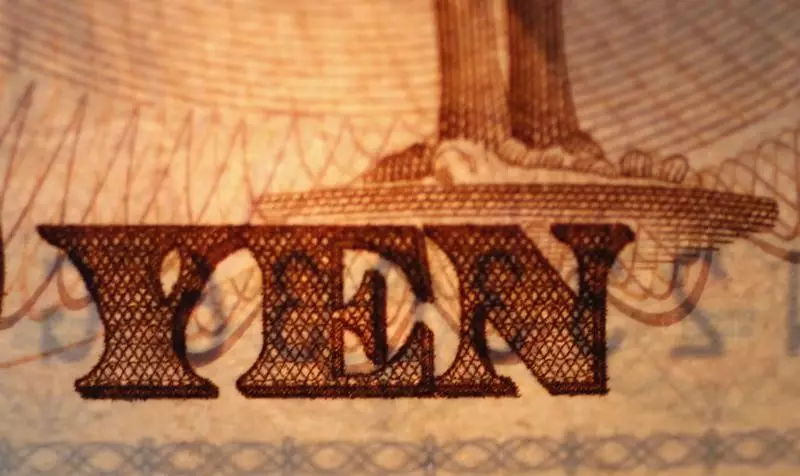As traders brace themselves for the upcoming Federal Reserve meeting, most Asian currencies are facing downward pressure against the dollar. The Japanese yen, in particular, experienced a slight decline after bouncing back amidst suspicions of government intervention. Throughout April, regional currencies have been struggling as market participants gradually rule out the possibility of early interest rate cuts by the Fed. This change in sentiment was primarily driven by a series of U.S. inflation reports that exceeded expectations.
During Asian trading hours, both the dollar index and dollar index futures saw an increase of about 0.3%. Investors are positioning themselves for the Fed meeting, where it is widely anticipated that interest rates will remain unchanged. However, there is a possibility that the central bank may hint at a more hawkish stance due to the persistent inflationary pressures. Consequently, fears of sustained high-interest rates in the U.S. have propelled the dollar to a 1.3% gain for the month of April.
The USDJPY pair, which denotes the yen required to purchase one dollar, rose by 0.3% to approximately 156.80 on Tuesday. This uptick followed a significant drop from levels above 160 seen on Monday, sparking speculation of government intervention to support the yen. While there was no official confirmation of such actions, it was suggested that the Japanese government’s new threshold for intervention is at USDJPY 160. The yen’s weakness was also influenced by a mixed bag of economic data, as industrial production exceeded forecasts in March while retail sales fell below expectations, signaling subdued consumer spending and inflation outlook.
On the other hand, the Australian dollar underperformed in Asian trading, with the AUDUSD pair declining by 0.5% following disappointing retail sales figures. The data revealed that persistent inflation and high-interest rates were weighing heavily on consumer spending, hinting at a weaker inflation outlook. This led traders to reevaluate their expectations of further interest rate hikes by the Reserve Bank of Australia, projecting a lackluster performance for the Aussie in April.
The Chinese yuan, represented by the USDCNY pair, saw a 0.2% increase on Tuesday after mixed purchasing managers index data indicated a slowdown in the Chinese economy. While official manufacturing PMI figures displayed a slight deceleration, non-manufacturing activity grew significantly less than anticipated. Despite a more positive private PMI reading for manufacturing, the overall data pointed to subdued business activity in China. The USDCNY pair experienced a 0.3% uptick in April, with the People’s Bank of China’s interventions limiting further appreciation.
In addition to the mentioned currencies, other Asian counterparts also faced downward pressure. The South Korean won witnessed a 0.3% increase against the dollar, while the Singapore dollar added 0.1%. The Indian rupee, on the other hand, inched closer to its previous record highs against the dollar as concerns over the 2024 general elections weighed on investor sentiment.
Overall, the Asian currency market is currently navigating through various challenges, including the anticipation of the Federal Reserve meeting, mixed economic data, and global economic uncertainties. Traders and investors will closely monitor these developments to gauge the future direction of Asian currencies amidst a dynamic and ever-changing market landscape.

